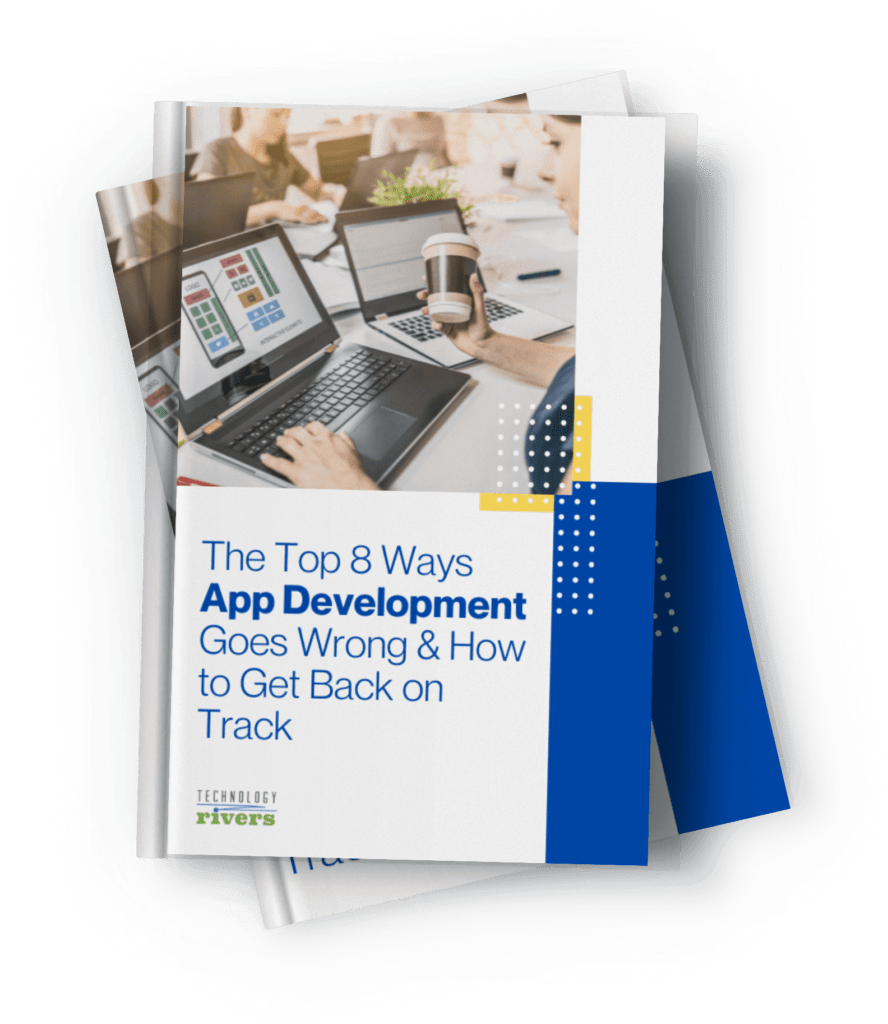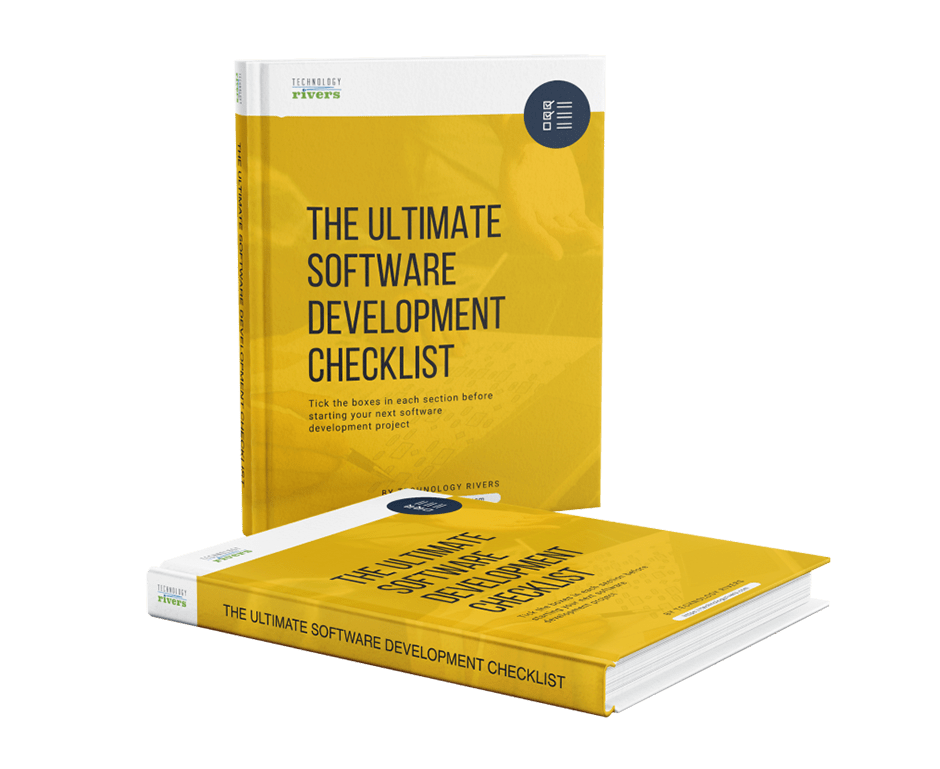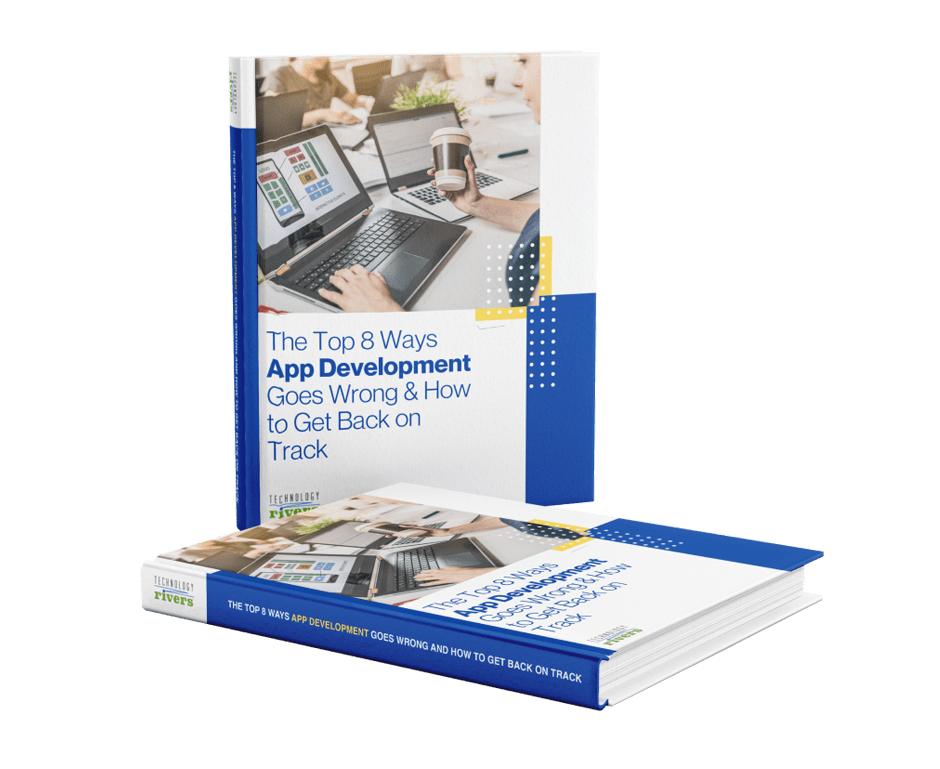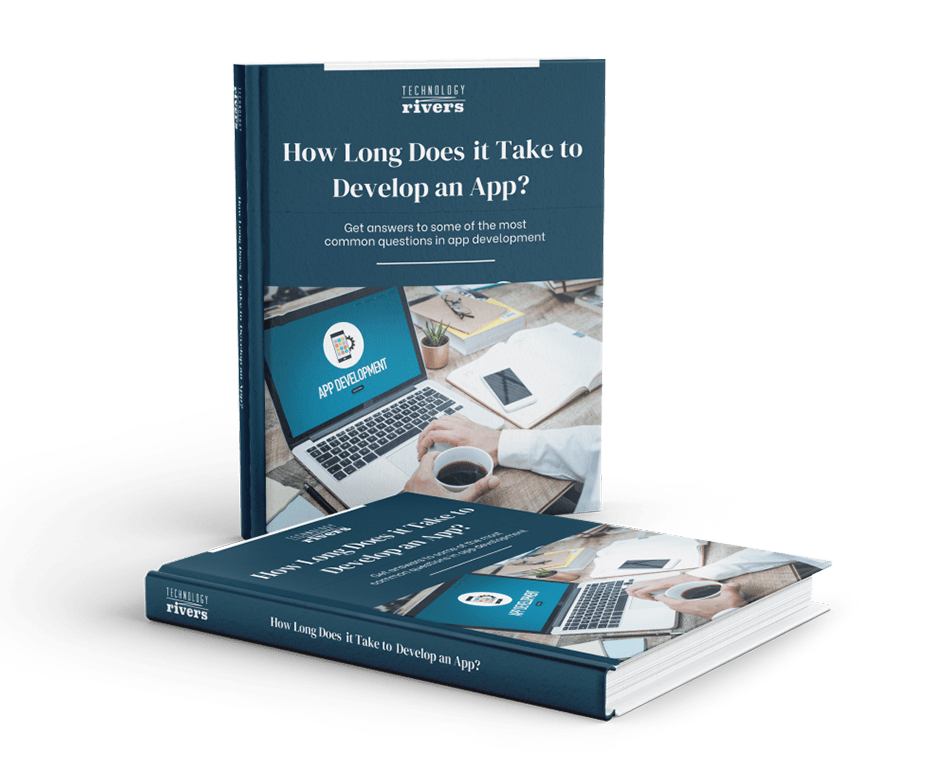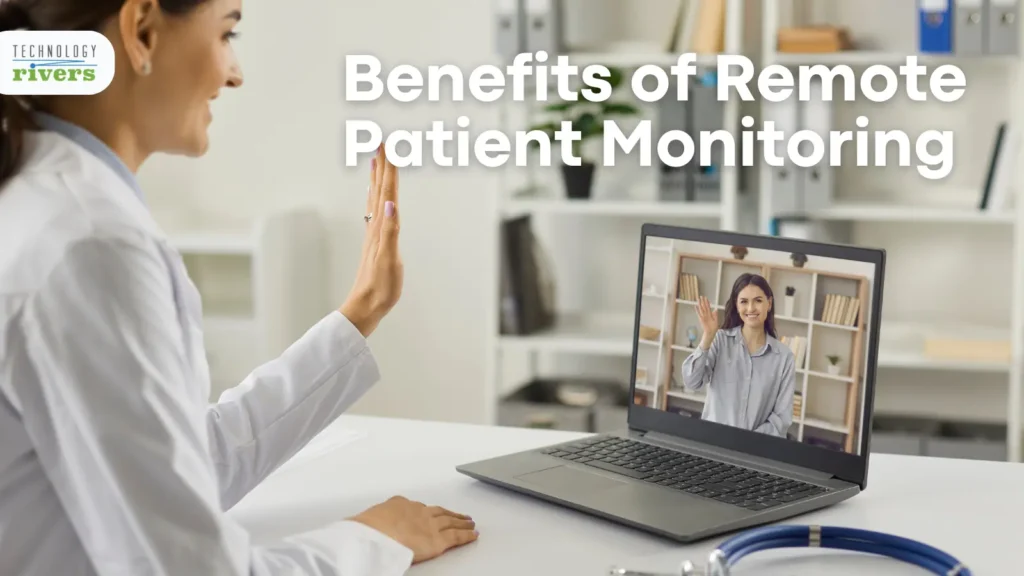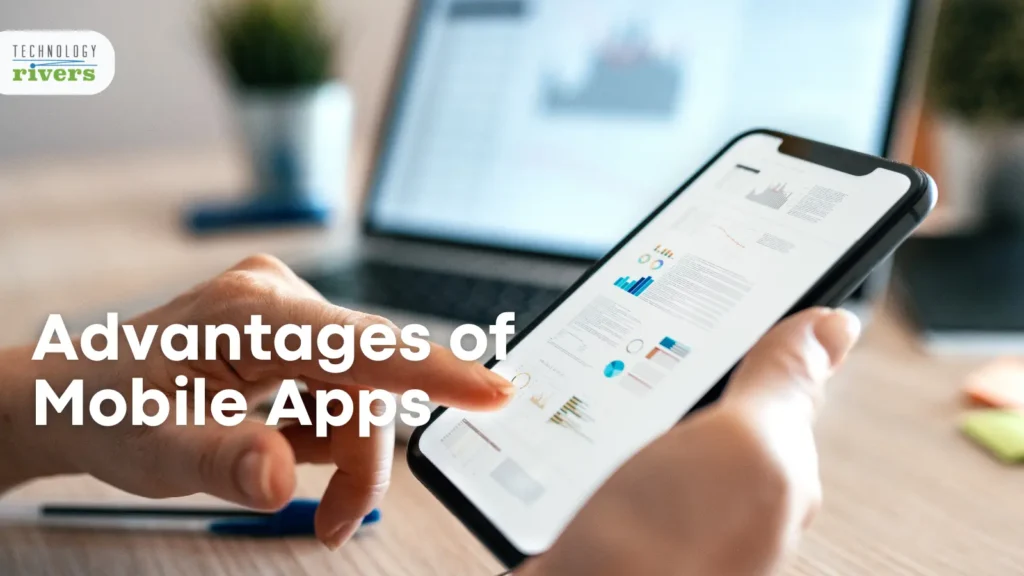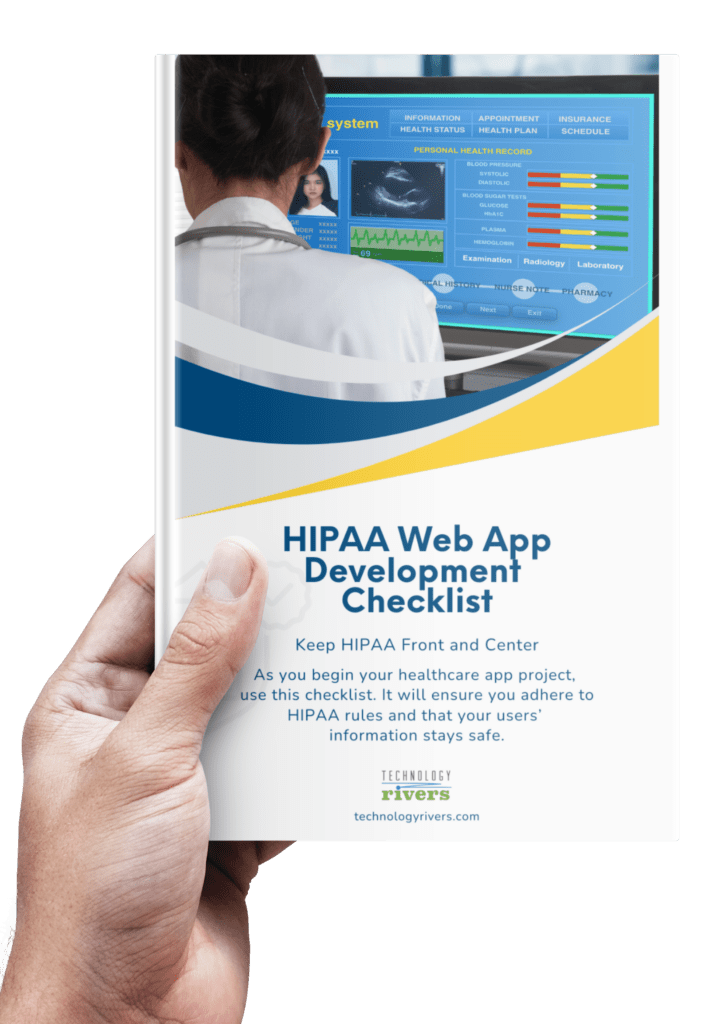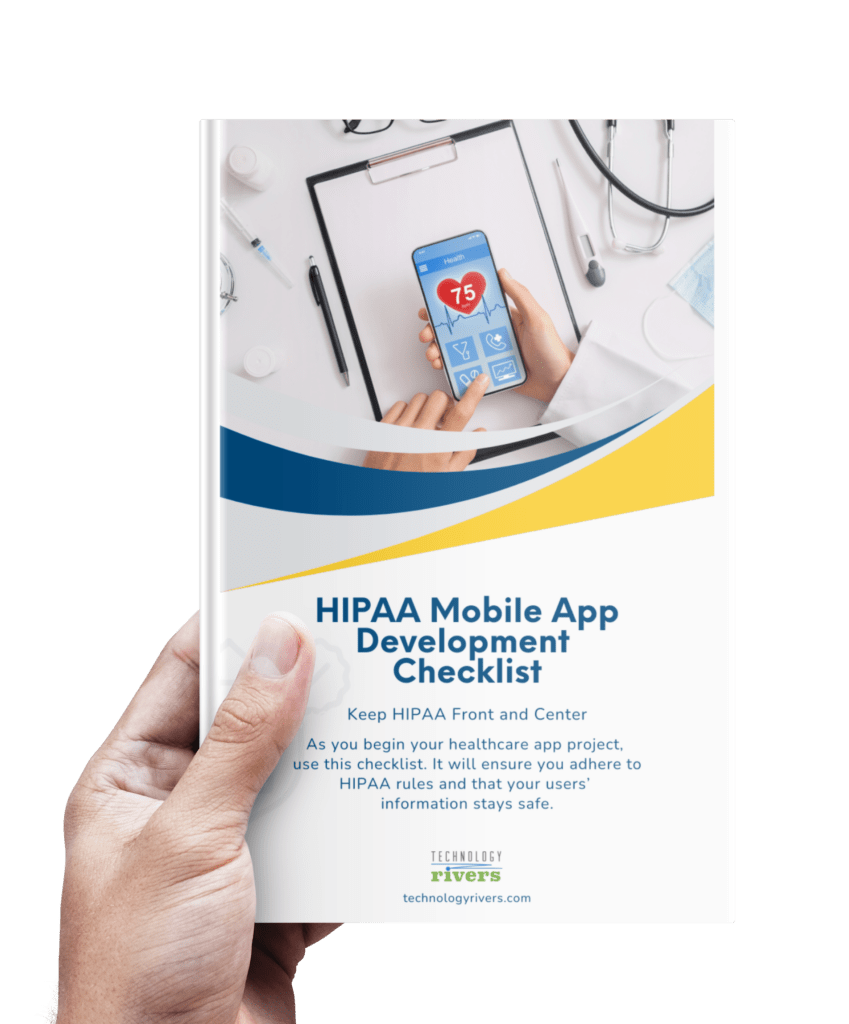
Blogs » How Agile Teams Can Drive Effective Product Strategy
Table of Contents
Each year, over 30,000 products are launched by businesses across the globe. 95% of them will fail. In other words, your product has a 5% chance of going to market successfully. And in today’s hyper-competitive business landscape, innovation can feel confusing, wasteful, and unproductive.
We all want to launch more successful products. So you’ve probably done your research, and by now, heard of agile. It’s the business buzzword of the decade. But how does this actually impact project strategy?
Here at Technology Rivers, we’ve helped countless businesses innovate at scale, launch successful projects, and iterate and ideate impactful product strategies. But we don’t just sit down with a pen and paper. We have systems. And one of the single most impactful processes we use is agile.
So how can this help you ideate, launch, grow, and scale amazing projects?
A Quick Understanding of Product Strategy
At Technology Rivers, we break down product strategy into five steps:
- Visioning: Typically, the product vision is created by the product owner or lead developer of the product. This is a simple, straightforward statement that defines the product goals.
- Strategy: This is the nitty-gritty details of your product (i.e., market strategy, business goals, competition, etc.)
- Scoping: Plenty of projects fail at scope. You have to remove yourself from the equation and focus on what really makes your product work for your customers. This includes identifying features, creating a value proposition, and understanding your MVP.
- Roadmap: A product roadmap is a visual overview of your product that’s broken down into components. At this point, you’re exiting high-level overviews and diving into specifics. What parts of your project need to be completed, and when?
- Growth: This is the final stage. You have to have a growth strategy if you want to launch successful products. Otherwise, you’re just building products aimlessly. How are you going to scale?
This is a very broad overview, but it’s important to understand these five steps in-depth before we jump in.
What is Agile Software Development?
If we strip away the fresh coat of marketing, agile has been around for a while. Lean manufacturing and SCRUM both have its concepts, and both of them have been around for over 25 years. Now let’s break down the core components to understand what traits apply directly to product strategy.
Here are the seven core components of agile that apply to product strategy:
- Customer-centricity
- Iterative processes
- Value streams
- Strategy vs. Tactics
- Change-driven
- Be experimental
- Sprints
Customer-Centricity
If you want to launch successful products, you need to understand your customers. Customer-centricity should be baked into your strategy. Smart decisions are made with the end-user in mind.
42% of startups that shut down never solved an actual customer problem. It’s great to have an idea, but unless that idea directly solves customer problems, it’s not going to scale.
Agile is customer-centric. In fact, it is its core. So, when you apply this, you should be focusing on your customer throughout all five steps of the process.
Iteration
You have two options when you’re building out an interactive product strategy:
- Release features early and often to elicit customer feedback
- Get feedback at every step via sprints or customer sessions
The more often you touch-base with your customers, the faster you can build a customer-centric app. The focus needs to stay on the end-user throughout the cycle. But it’s all-too-easy to get trapped in the developer valley of death. Don’t let your product strategy become a vision of your strategy team. Ideas are great. But if customers don’t like them, they need to disappear.
Value Streams
In manufacturing, the product value stream focuses on the material, labor, and information flow. In product strategy, value streams are the series of steps you need to take to release a customer-centric app.
You need to map out your value stream from beginning to end if you want to launch in that 5%. Another component of value streaming is to address security vulnerabilities and siloes during the development process.
At Technology Rivers, we take a DevOps approach. We break down the silos between dev, ops, and testing. A value stream is continuous — not cyclical. You have to destroy the barriers that prevent a continuous flow of customer-centricity.
Using Tactics
We like to say, “think with strategy, react with tactic.” In other words, the product should be planned out as strategically as possible, but road bumps should be dealt with tactically.
Products are long-term goals. You have to consider scalability and future-use cases. But when you get feedback from a customer, figure out a new UX issue, or come upon any form of app problem, you need to react to it swiftly and tactically.
Change Drive
Your product strategy needs to be flexible. We all crave change. 62% of people purchase first-gen products. 84% of customers want the company they buy from to be innovative. And 43% of executives think that products need to be “innovative” when they launch.
To achieve innovation, product managers need to react to change. Not only should apps be built with change in mind, but you should be willing to create flexible product strategies that embrace change — not resist it.
Experimental-Driven
Product strategies are only as good as the customer. Unfortunately, customers are notoriously bad about communicating their desires. To compensate, your strategy should include an MVP (minimum viable product). This MVP allows you to immediately collect customer feedback and use it to build out the final steps of your product.
Sprints
Product strategies and sprints are a match made in heaven. Sprints are rapid ideations in a short timeframe. They help you build out ideas that you can add to your value stream. When you’re product planning, sprints help you quickly add features, incorporate customer-centric components, and fix problems that arise during the production cycle.
Using Agile Teams to Create Smarter Product Strategies
Are you struggling to break past the product viability barrier? Do you want to make one of the coveted 5% projects? We can help! At Technology Rivers, we use best-in-class agile teams to help you build out viable product strategies glued to customer-centricity. Ready to launch your next innovation? Contact us!




